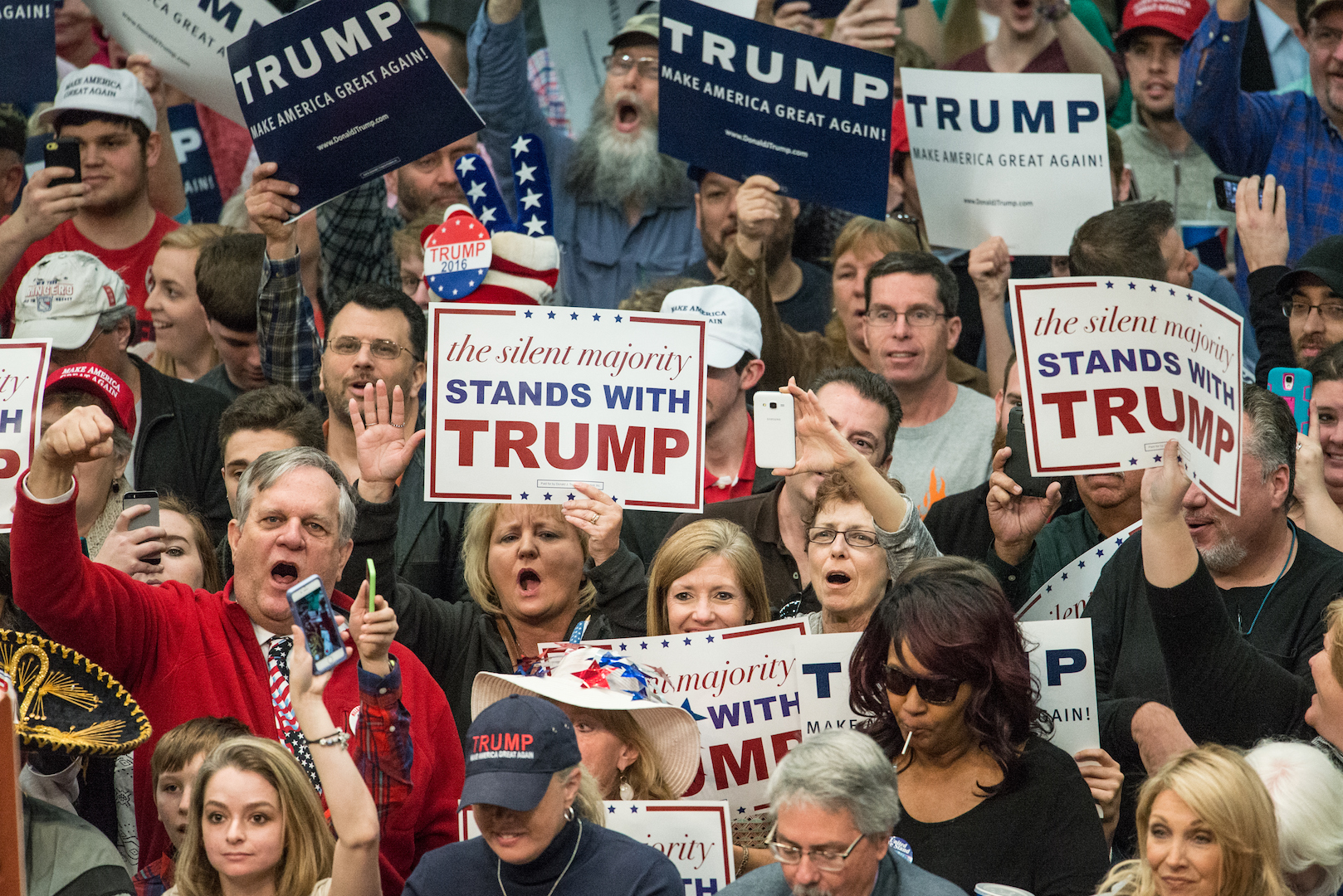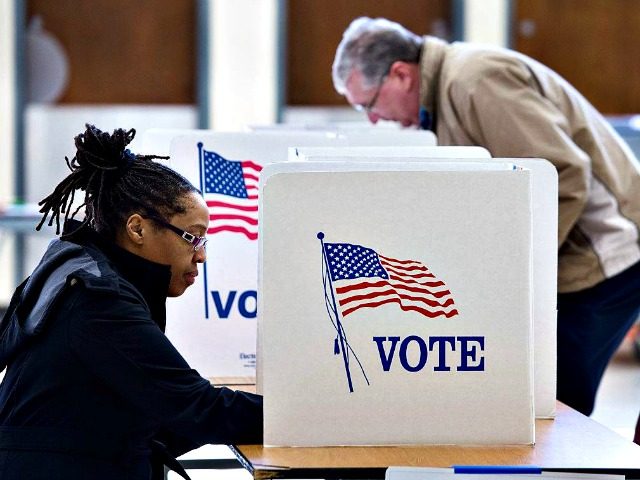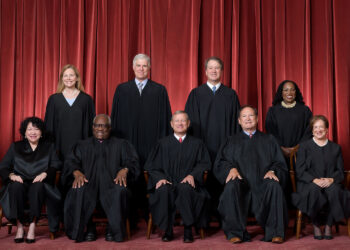After the defeat of Mitt Romney’s presidential campaign in 2012, many Republican post-mortems worried that their defeat was not a matter with messaging or candidate appeal – it was structural. In short, the electorate was changing in ways that diminished the power of their coalition. The party, therefore, had to expand its reach, especially to non-whites, or it would eventually be left unable to compete.
In 2016, Donald J. Trump spurned this strategy. His success, and that of many Republicans, likely ameliorated those concerns. But now that the 2018 midterm election has come and gone, it’s clear that these concerns have not gone away. In fact, they are back with a vengeance.
White Americans
Consider the racial split within the electorate. According to exit polls, white Americans were ten points more likely to vote Republican. In many states, including those with Senate elections, this gap was more than enough to win elections.
Nevertheless, this number is a significant decline; it is less than half of the margin in 2016. On the other hand, all other ethnic groups voted heavily Democratic, and all increased margins compared to 2016. The problem for Republicans is that the United States is becoming ever more diverse, and white Americans are becoming an ever-smaller part of the electorate.

Demographers estimate that the nation will become “minority white” in 2045. With every passing year, it will be harder for Republicans to win without increasing their share among non-white voters. Yet this year showed that Trump’s message continues to alienate those voters; the gap between white and non-white voters only increased.
Increasingly Educated Population
Americans are not only becoming more diverse, but they are also becoming more educated. The number of American adults with a college degree has been constantly increasing, slowly and steadily, over the decades. That number remains significantly in the minority, but now over one-third of Americans have a college degree.
The midterms showed that while Republicans did slightly better, or at least broke even among those who did not have a college degree, they lost significant support of those who did. Exit polls show that those Americans broke 20 points toward the Democratic party.
The number of Americans with a post-graduate degree also continues to rise, and among those, the number identifying as Democrat is even higher. Here too, sheer demographics will ensure that if these partisan trends merely continue, the number of Americans in the Democratic camp will continue to grow.
Rural Versus Urban
The other significant impact in this election was the shift among voters in the suburbs. The Republicans continue to do significantly better among rural voters, while Democrats do better in urban areas.
'Presidential Executive Order on Promoting Agriculture and Rural Prosperity in America'
Executive Order: https://t.co/PMz29hioJN pic.twitter.com/cpwTMWgRme— Donald J. Trump (@realDonaldTrump) April 25, 2017
While Republicans have traditionally also done better in the suburbs, this year exit polls were virtually tied. And among suburban women, the shift to Democrats was unprecedented. Demographically, suburbs are where the action is.
Since the 2010 census, both urban and rural areas have lost population just about every year. Suburbs, on the other hand, have absorbed all of that decline. But even as urban areas decline, many more Americans live there than in rural areas. If the partisan gap among suburban women remains, or even if the suburbs become a partisan wash, Republicans will be left much worse off.
Aging Nation
The most fundamental trend in demographics is also the one that none of us can avoid: age. As has been true for many elections, the older you are, the more likely you voted Republican. This is good for Republicans because older Americans vote at much higher rates than young people. However, in this election, not only did young people identify as Democratic at the rate of 2 to 1, far more of them actually turned out to vote. In fact, voting rate for those under 35 appears to have increased 50 percent.
There is little reason to think that these voting rates will diminish in a presidential election, and if their voting preferences also remain the same (a good bet, to say the least), then those young voters will more likely lock in both the habit of voting as well as their partisan identity.
What’s more, while one side of the generational divide appears to be growing, the other is not. Indeed, the one certainty is that those Americans over 65 will, shall we say, exit the voting roles, far sooner than those young voters. Thus, the advantage Republicans have with older voters will very likely diminish over time.
Of course, none of these structural changes are significant on their own and even cumulatively, their effect from election to election is tiny. But they are inexorable. Every election cycle, more and more elections will be decided by these trends. Over time, they will ultimately change the landscape of American politics.
Perhaps the most important takeaway from the 2018 election is that Trump’s strategy is only accelerating that inevitability.
Disclaimer: The views and opinions expressed here are those of the author and do not necessarily reflect the editorial position of The Globe Post.



















